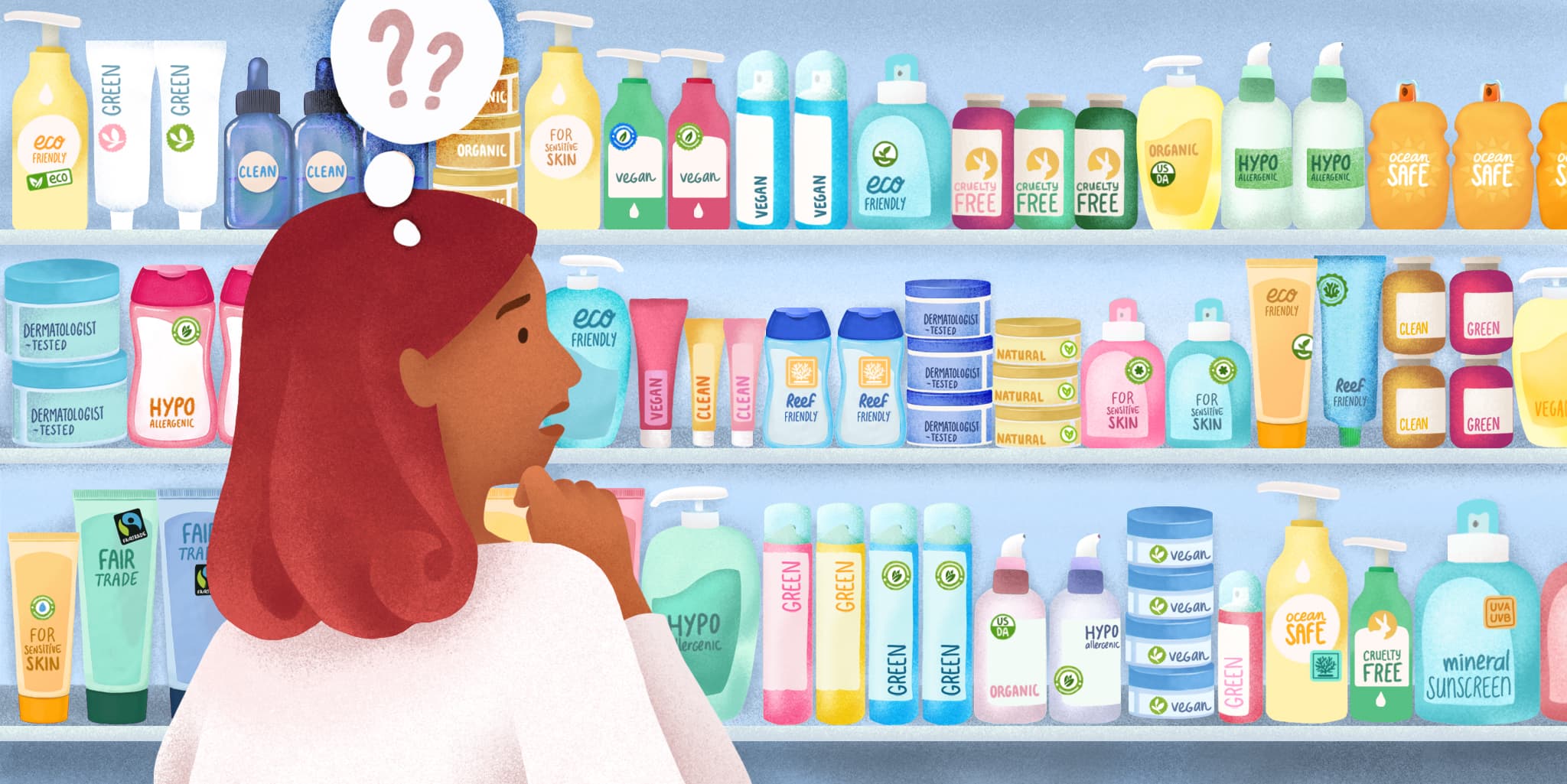
Many cosmetic products boldly display claims such as “natural,” “cruelty-free,” or “hypoallergenic.” These appealing claims often prompt us to pay a premium for these products.
In the U. S., companies are regularly penalized for the unjustified use of claims on their products1. The result? Consumers are becoming more and more skeptical! A recent study found that 86% of American women believe some brands overhype their promises2. Even within these companies employees recognize these exaggerations. In fact, 72% of U.S. employees admit their company overstates its sustainability efforts and engages in greenwashing3.
So how can you navigate this? What’s really behind the most common product claims in the U.S., and which ones can you actually trust?
“Mineral Sunscreen”
There are two types of sunscreens:
- Those that contain mineral UV filters (zinc oxide and titanium dioxide), which are derived from natural minerals.
- Those made with chemical UV filters created in a laboratory.
For brands using mineral filters, it is common to see the label “mineral sunscreen” on the packaging. This can easily lead to the assumption that the entire formulation is natural.
However, this claim only guarantees that the UV filters used in the product are mineral-based; it does not mean that the rest of the ingredients are natural. In fact, it is common to find chemical ingredients in these products, such as phenoxyethanol or butyloctyl salicylate, which are notably associated with potential effects on fertility and the endocrine system4,5.
Conclusion: Even with this label, the product may still contain chemical substances.
“Cruelty Free” / “Not Tested on Animals”
There is no legal definition for the terms “cruelty-free” or “not tested on animals” in the United States. When these claims are used alone, without being accompanied by a label or certification, they carry no specific meaning. In most cases, this simply indicates that the finished product has not been tested on animals. However, the FDA notes that companies can test individual ingredients on animals while still using this claim6. In 2024, 78% of the world’s largest cosmetic brands were still funding animal testing7.
To ensure that no testing has been conducted at any stage of the product’s manufacturing, it is recommended to look for the following labels: the PETA Cruelty-Free Bunny ears symbol and the Leaping Bunny certification. These certifications guarantee that neither the ingredients nor the finished products have been tested on animals.
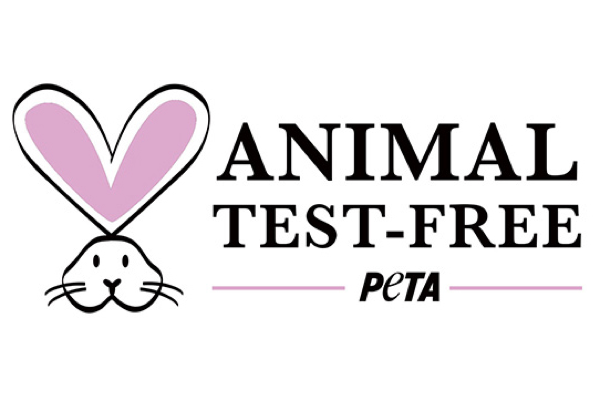
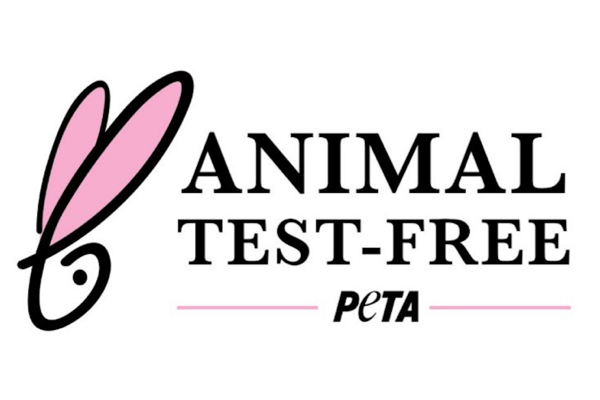
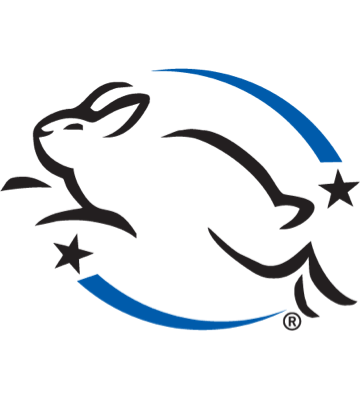
Conclusion: The claims “cruelty-free” or “not tested on animals” alone do not guarantee the absence of animal testing. Instead, opt for products with one of the three reliable certifications noted above.
“Vegan”
The term “vegan” indicates that the product contains no ingredients of animal origin, such as honey, beeswax, or lanolin10. However, be aware that this does not mean the product has not been tested on animals! The “vegan” label focuses solely on the composition, not on testing.
Conclusion: The “vegan” label ensures the absence of animal ingredients and is therefore complementary to the “PETA Cruelty-Free” and “Leaping Bunny” labels, which ensure that no animal testing has been conducted which does not guarantee that a product is vegan.
“Hypoallergenic” / “For Sensitive Skin”
These claims give the impression that the products are designed to minimize irritation and the risk of allergies. However, no federal standard has been established by the FDA to regulate these assertions. In practice, this allows brands to use them freely, without strict constraints11. The problem? Many products displaying these claims actually contain irritating or potentially allergenic ingredients, such as phenoxyethanol (harmful to the eyes12), certain fragrances (like geraniol and linalool13), as well as some foaming agents and preservatives that are very irritating to the skin (notably sodium lauryl sulfate14, quaternary ammoniums15, or methylisothiazolinone16). It’s important to note that even at very low concentrations, some allergenic substances can trigger reactions in sensitive individuals.
Conclusion: Do not blindly trust these claims. For sensitive skin, the only way to avoid allergenic products or irritant ingredients is to check the compositions carefully.
“Dermatologist-Tested” / “Dermatologist Approved”
These terms are commonly used on cosmetic products in the United States, but they are not governed by strict regulations. Brands can therefore use them freely, with few restrictions. The only requirement is that a dermatologist has conducted at least one test on the product. Often, this is a skin tolerance test, a requirement already mandated for all cosmetics sold under U.S. standards. The tests performed may also focus on other aspects, such as hydration, wrinkle reduction, or eye irritation.
Furthermore, there are no specific standards regarding the testing protocol or the number of participants required. In the absence of clear guidelines, brands can choose to conduct minimal tests or use very small sample sizes, thereby compromising the credibility of the claims made on the packaging.
Conclusion: Without clear information from the brands on how the tests were conducted, these claims are misleading and give the impression of thorough evaluations when they often involve only basic tests already required by law.
“Clean” / “Natural”
“Clean” or “natural” products are experiencing significant popularity, with consumers often perceiving them as safer for health17. In the United States, the use of these terms in cosmetics is not regulated, allowing companies to use them freely without adhering to specific standards. Although regulations are under discussion, no concrete measures have yet been taken18.
Moreover, it is important to understand that “natural” does not mean “risk-free.” For example, methyl eugenol is a natural component found in rose and magnolia, yet it is classified as a probable carcinogen (Category 2A) by the IARC (International Agency for Research on Cancer).
Conclusion: These claims hold no real value and do not guarantee the absence of problematic ingredients.
Is the “Clean at Sephora” Label Trustworthy?
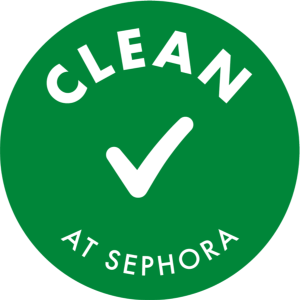
The “Clean at Sephora” label prohibits a list of 37 ingredients deemed risky19 While this list is a positive initiative, it is far from comprehensive. Products bearing this label can still contain substances such as titanium dioxide, classified as a possible carcinogen20, nanoparticles that can accumulate in our organs21, or phenoxyethanol, which has been linked to fertility issues and developmental effects in children22.
“Organic”
In the U.S., more and more products are highlighting their organic ingredients. This trend is driven by the growing demand from consumers for eco-friendly options. There are two main scenarios:
- Products labeled as “Organic” without the USDA logo
Some products claim to be “made with organic ingredients” without showing the USDA logo. In this case, be cautious! This means only part of the ingredients are organic. Sometimes, it’s just a single ingredient out of the whole list. Plus, there’s no minimum threshold required to mention an “organic” ingredient on the packaging.
- Products with the “USDA Organic”
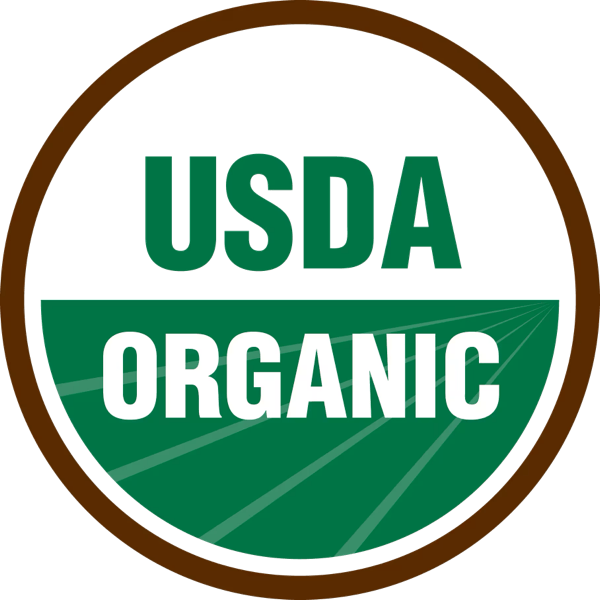
The “USDA Organic” logo is the only one in the U.S. that guarantees strict standards, especially the ban on most chemical pesticides and GMOs for at least 95% of the product’s ingredients.
While the “USDA Organic” logo helps reduce exposure to pesticides, it doesn’t necessarily guarantee the absence of ingredients that could be problematic for your health23. For example, some organic essential oils, like Ylang-Ylang oil, are known for their potential to cause allergic reactions (check out our article on skin allergies). Plus, up to 5% of the product’s ingredients can still be chemical additives. These might include concerning preservatives, like BHT, which can harm organs, or even ingredients suspected of disrupting the endocrine system, such as certain parabens24 and silicones25.
That percentage of chemical ingredients can be much higher in products without the official logo.
Conclusion: While the USDA Organic logo does help minimize exposure to chemical pesticides, it does not guarantee the absence of ingredients that could pose health risks.
“Ocean-Safe” / “Reef-Friendly” / etc.
The labels “Ocean Safe” and “Reef Friendly” are commonly found on sunscreens to suggest that they do not contain ingredients harmful to marine ecosystems. However, there are no standards regulating the use of these labels in the United States. Typically, this simply means that the products do not contain oxybenzone or octinoxate, two ingredients banned in Hawaii26 and Key West27 due to their harmful effects on coral reefs28.
However, these products often contain other substances that are equally harmful to corals and aquatic life, such as octocrylene, homosalate, or butyloctyl salicylate.
Conclusion: Be cautious of these labels! They do not guarantee that the products are safe for aquatic life.
“Green” / “Eco-Friendly” / etc.
More and more brands are using terms like “green” or “eco-friendly” to give the impression that their products are sustainable. However, there is no official definition for these claims in the United States. Often, it is unclear which environmental criteria they refer to: carbon emissions, energy consumption, environmental pollution, water and resource use… all of this remains vague.
The Federal Trade Commission (FTC) even states that these claims are too broad and difficult to substantiate, to the point that they suggest not displaying them on packaging at all29.
Conclusion: Without precise and verifiable data from brands, these “eco-friendly” promises are of little value.
“Fair Trade Certified” / “Fair Trade Life” / “Fair Trade International”
Certifications like Fair Trade Certified30, Fair for Life31, and Fair Trade International32 aren’t just pretty logos—they’re trusted seals that guarantee more ethical, transparent, and sustainable trade practices. These three labels, for example, require production methods that avoid deforestation and minimize impact on waterways.
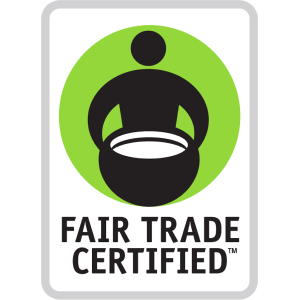
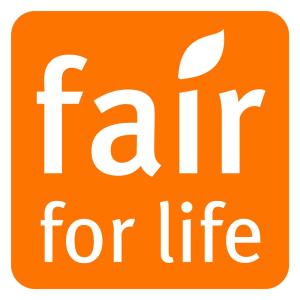
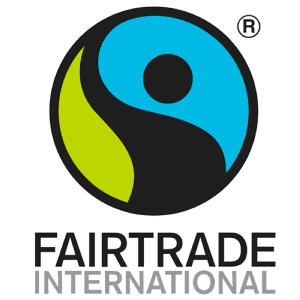
When these logos are on products, it means independent organizations have carried out inspections to ensure compliance with a strict set of criteria. However, while these standards cover ethical and environmental aspects, they don’t guarantee that the product is free from toxic ingredients.
Additionally, when products only display the mention of “fair trade,” it means no independent body was involved in verifying those claims. Without official certification, it’s hard to know if responsible practices were actually followed.
Conclusion: Only recognized certifications offer real assurances about ethical and environmental practices. However, they don’t guarantee the absence of health-harming ingredients.
- ¹ C&en Global Enterprise (2016). Making cosmetic claims - How scientists and the tools they wield can distinguish compelling, justifiable cosmetic claims from empty promises. Available online : https://pubs.acs.org/doi/10.1021/cen-09419-cover
- ² BenchmarkinCompany (2024). Claims confusion - The call for truth and transparency. Available online : https://benchmarkingcompany.com/wp-content/uploads/2024/07/BBTN4-2024-Claims.pdf
- ³ Google (2024). CEOs are Ready to Fund a Sustainable Transformation. Available online : https://services.google.com/fh/files/misc/google_cloud_cxo_sustainability_survey_final.pdf
- ⁴ Garlantézec R, Warembourg C, Monfort C, Labat L, Pulkkinen J, Bonvallot N, Multigner L, Chevrier C, Cordier S (2013). Urinary glycol ether metabolites in women and time to pregnancy: the PELAGIE cohort. Environ Health Perspect 121:1167–1173. Available online : https://doi.org/10.1289/ehp.1206103
- ⁵ Cosmetic Ingredient Review (2019). Amended Safety Assessment of Salicylic Acid and Salicylates as Used in Cosmetics. Available online : https://www.cir-safety.org/sites/default/files/salicy042019FAR.pdf
- ⁶ U.S. Food and Drug Administration (2022). "Cruelty Free"/"Not Tested on Animals". Available online : https://www.fda.gov/cosmetics/cosmetics-labeling-claims/cruelty-freenot-tested-animals
- ⁷ BAMBII (2024). 78% of Top 50 Beauty Brands Tested on Animals in 2024. Available online : https://bambii.au/blogs/news/78-of-the-top-50-beauty-brands-still-test-on-animals-in-2024?srsltid=AfmBOoqEazuNAxdb5S9wY6n3TbJtSzPN1GUsv8p8G7uqQjM3MFFcPB1S
- ⁸ PETA. PETA’s ‘Global Beauty Without Bunnies’ Program. Available online : https://www.peta.org/living/personal-care-fashion/beauty-without-bunnies/
- ⁹ Leaping Bunny Program. The Corporate Standard of Compassion For Animals ("The Standard"). Available online : https://www.leapingbunny.org/about/corporate-standard-compassion-animals-standard
- ¹⁰ dos Santos, R.C., de Brito Silva, M.J., da Costa, M. et al (2023). Go vegan! digital influence and social media use in the purchase intention of vegan products in the cosmetics industry. Soc. Netw. Anal. Min. 13, 49 (2023). Available online : https://doi.org/10.1007/s13278-023-01034-7
- ¹¹ Alani JI, Davis MD, Yiannias JA. Allergy to cosmetics: a literature review. Dermatitis. 2013 Nov-Dec;24(6):283-90. doi: 10.1097/DER.0b013e3182a5d8bc. PMID: 24201464.
- ¹² European Chemical Agency (2024). 2-phenoxyethanol. Available online : https://echa.europa.eu/fr/substance-information/-/substanceinfo/100.004.173
- ¹³ Scientific Committee on Consumer Safety (2012). Opinion on fragrance allergens in cosmetic products. SCCS/1459/11.
- ¹⁴ Tupker, R.A., Willis, C., Berardksca, E., Lee, C.H., Fartasch, M., Atinrat, T. and Serup, J. (1997), Guidelines on sodium lauryl sulfate (SLS) exposure tests. Contact Dermatitis, 37: 53-69. https://doi.org/10.1111/j.1600-0536.1997.tb00041.x
- ¹⁵ Peyneau M, de Chaisemartin L, Gigant N, Chollet-Martin S and Kerdine-Römer S (2022) Quaternary ammonium compounds in hypersensitivity reactions. Front. Toxicol. 4:973680. doi: 10.3389/ftox.2022.973680
- ¹⁶ J. McFadden, P. Puangpet, K. Pongpairoj, S. Thaiwat and L.S. Xian (2020). Methylchloroisothiazolinone/Methylisothiazolinone. In Common Contact Allergens. https://doi.org/10.1002/9781119405702.ch19
- ¹⁷ Chandon, Louise (2020). Do Claims about the Naturalness and Dose of Cosmetics Ingredients Affect the Public’s Perception of Their Safety?. J 3, no. 3: 299-312. https://doi.org/10.3390/j3030023
- ¹⁸ Bill Track (2020). Natural Cosmetic Act. Available online : https://www.billtrack50.com/billdetail/1144374
- ¹⁹ Sephora.com (2024). Clean + Planet Aware at Sephora. Available online : https://www.sephora.com/beauty/clean-planet-aware
- ²⁰ International Agency for Research on Cancer (2010). Carbon Black, Titanium Dioxide, and Talc - IARC Monographs on the Evaluation of Carcinogenic Risks to Humans Volume 93. Available online : https://publications.iarc.fr/111
- ²¹ Ray PC, Yu H, Fu PP (2009). Toxicity and environmental risks of nanomaterials: challenges and future needs. J Environ Sci Health C Environ Carcinog Ecotoxicol Rev. 2009 Jan;27(1):1-35. doi: 10.1080/10590500802708267. PMID: 19204862; PMCID: PMC2844666.
- ²² GHS Classification Result (2008). GHS Classification Result - 2-phenoxyethanol. Available online : https://www.nite.go.jp/chem/english/ghs/08-mhlw-0182e.html
- ²³ U.S. Food and Drug Administration (2022). “Organic” Cosmectics. Available online : https://www.fda.gov/cosmetics/cosmetics-labeling-claims/organic-cosmetics
- ²⁴ Nowak K, Ratajczak-Wrona W, Górska M, Jabłońska E. Parabens and their effects on the endocrine system. Mol Cell Endocrinol. 2018 Oct 15;474:238-251. doi: 10.1016/j.mce.2018.03.014. Epub 2018 Mar 27. PMID: 29596967.
- ²⁵ McKim JM Jr, Wilga PC, Breslin WJ, Plotzke KP, Gallavan RH, Meeks RG (2001). Potential estrogenic and antiestrogenic activity of the cyclic siloxane octamethylcyclotetrasiloxane (D4) and the linear siloxane hexamethyldisiloxane (HMDS) in immature rats using the uterotrophic assay. Toxicol Sci. 2001 Sep;63(1):37-46. doi: 10.1093/toxsci/63.1.37. PMID: 11509742.
- ²⁶ The Hill (2018). Hawaii lawmakers approve ban on sunscreens with chemicals harmful to coral reefs. Available online : https://thehill.com/business-a-lobbying/385823-hawaii-lawmakers-pass-bill-banning-sunscreens-with-chemicals-harmful-to/
- ²⁷ The Washington Post (2019). ‘We have one reef’: Key West bans popular sunscreens to help keep coral alive. Available online : https://www.washingtonpost.com/climate-environment/2019/02/06/we-have-one-reef-key-west-bans-popular-sunscreens-help-keep-coral-alive/
- ²⁸ Djordje Vuckovic et al. (2022). Conversion of oxybenzone sunscreen to phototoxic glucoside conjugates by sea anemones and corals. Science 376, 644-648. DOI:10.1126/science.abn2600
- ²⁹ Federal Trade Commission (2012). Environmental Claims: Summary of the Green Guides. Available online : https://www.ftc.gov/business-guidance/resources/environmental-claims-summary-green-guides
- ³⁰ Fair Trade Certified. Homepage - available online : https://www.fairtradecertified.org/
- ³¹ Fair For Life. Homepage - available online : https://www.fairforlife.org/pmws/indexDOM.php?client_id=fairforlife&page_id=ffl&lang_iso639=en
- ³² Fair Trade International. Homepage - available online - https://www.fairtrade.net/



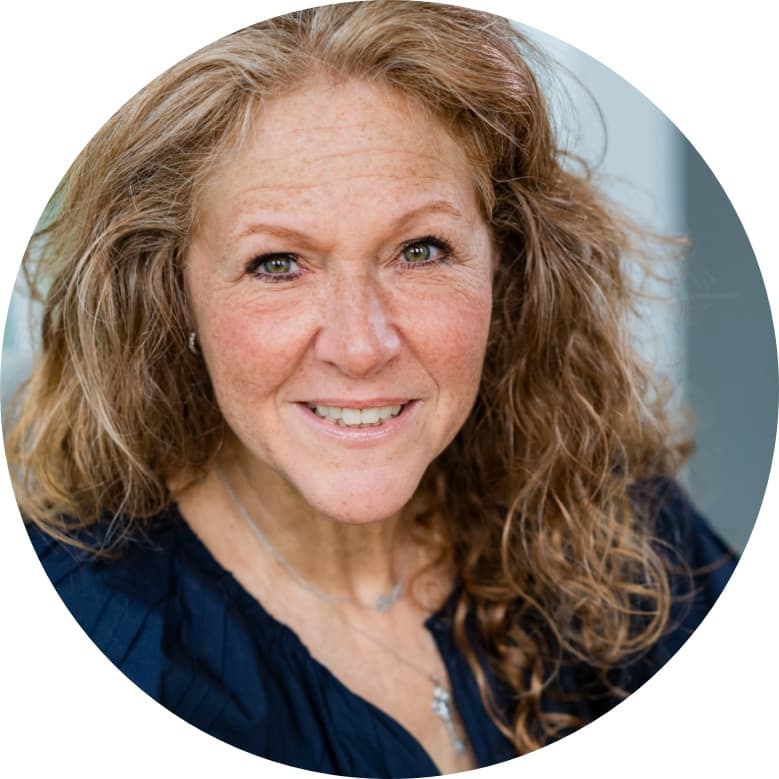




I have lots of old lipsticks that I continue to use. I had kept them in the refrigerator for about 15 years. I still wear them daily. What is your opinion regarding this.
Love everything about your website, I have learn so much since getting on your website
I thank you , Sharon
I was happy to see that when I was shopping a for cosmetics in Nordstrom, the salesperson had your app on her phone. She found me some very “excellent products”.
Thank you for providing such important information! I just found this app and it has brought so much knowledge. I use this app on every shopping trip and have shared it with family and friends. I wish I had this information when raising my children.
Very good information thank you
Great article, thank you!
I appreciate this app – and get a kick out of how the “ good” label is only one point away from being “harmful” or bad! Like 49 is bad but 51 is GOOD! Maybe it should just be a number & we can let go of judgmental & limiting words like – good & bad.
Is that a GOOD idea?
The terms “harmful” and “bad” aren’t used for something that scores 49. Rather, the term is “poor.” A “bad” score is the worst category, significantly below 49.
It is funny that a product rated 49 is “Poor” while a product rated 51 is “Good,” though. 😆 I guess there has to be a cutoff somewhere. I don’t know the cutoff point between bad and poor, but if a product scores 50–74 (or is it 51–74 🤔), it’s Good, and if it scores 75–100, it’s Excellent.
I’m relying on your app for checking my decisions to purchase cosmetics. So I am confused when the same product is labeled both excellent and bad or poor. Why is this and how do I know which label is ok.
Wow thank you for this useful information covering American regulation. I’ve heard similar issues regarding clothing; that a company might say made in Italy, but all that’s required to do to say so is to finish the product in Italy which can be simply stitching the brand’s logo. What you’re saying about the requirements for certifications regarding food seems to confirm this.
Thank you so much for doing the research, and sharing the information
Can you please check for natural flavors in food. People really don’t know this isn’t good for you. I’ve noticed some food items from Yuka are saying it’s good but they have natural flavors. Which can be confusing to some. So can Yuka do more testing on foods with natural flavors and make us aware about f that!!
Yes!
Love the article. And I love your app. I am addicted. U have saved me so much money. Especially for my face. I faithfully use products on my face 2x daily. I have sensitive skin. And this app has helped use excellent products.
Would love to know which brands are Yuka good or better..
On the free version, you can find better after scanning the products you have by scrolling down. Yuka will show alternatives rated Good or Excellent. I’m really loving this app! 😄